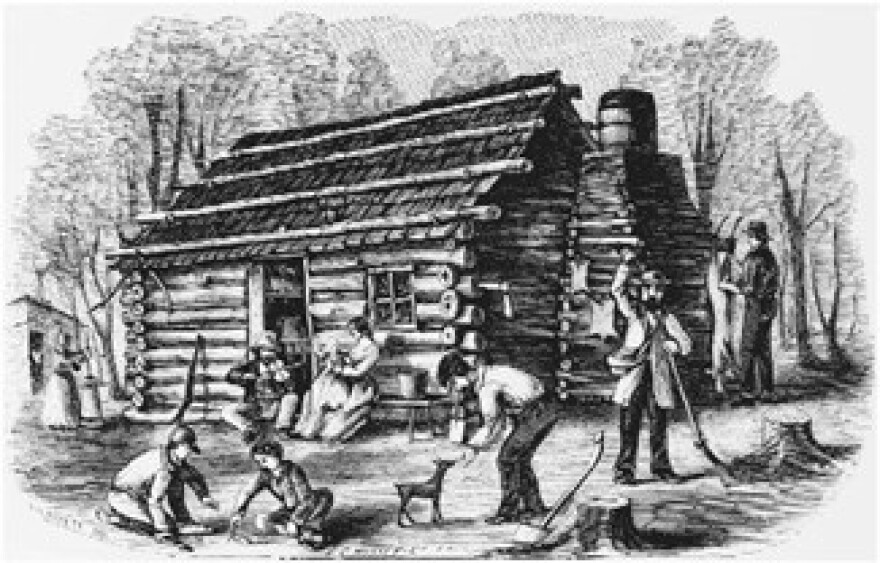Bad economic conditions stimulated many people to move in 1821. Some moved back to where they came from—states such as Tennessee or Kentucky, for example. Others were willing to join the effort to colonize Texas. The effects of the panic culminated with the failure of the State Bank of Missouri in August, 1821.
Most farmers were able to feed their families, but were unable to market any surplus. Prices stayed low, there was a shortage of consumer goods, and sales of property to pay back taxes increased. People adapted, one example being substitution of a barter system in the face of a lack of currency.
The year of statehood saw the beginnings of a new energy on the part of Missourians, which contrasted strangely with that of the times after the War of 1812 of easily acquired affluence. Entrepreneurs launched new enterprises, such as the Santa Fe trade and the expansion of the steamboat and ferry traffic, in an effort to find a way out of economic stagnation. Also, a great deal of attention shifted to home manufacture and the opening of new agricultural markets through the raising of crops such as tobacco. The fur trade took a new activity and prosperity. After statehood, immigration likewise regained its former proportions. Although the foundations of a new economic prosperity existed, money continued to be scarce and the times difficult.
Pressure for the soon-to-be state government to enact relief programs for hard-pressed Missourians grew. This culminated in actions at a special session of the General Assembly in late June 1821. I will discuss the results next time.





